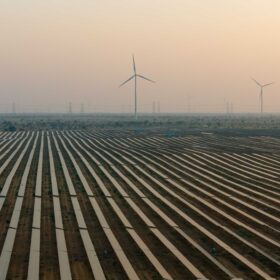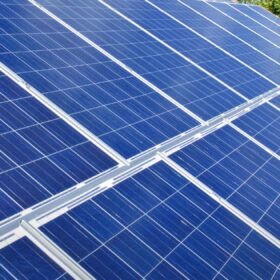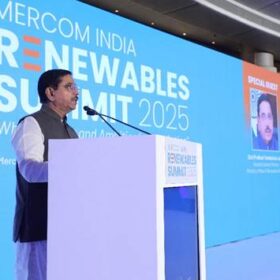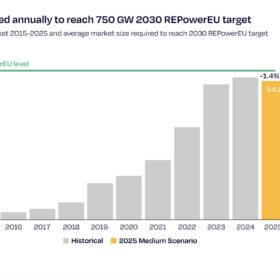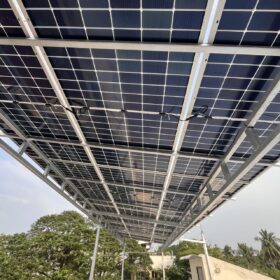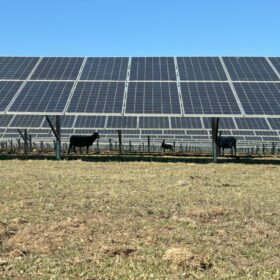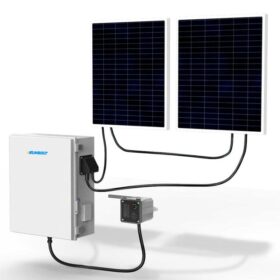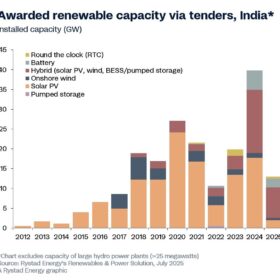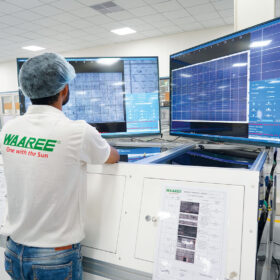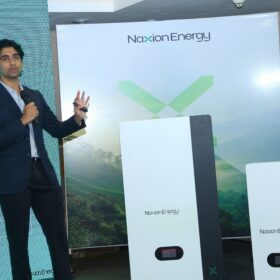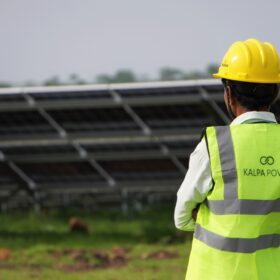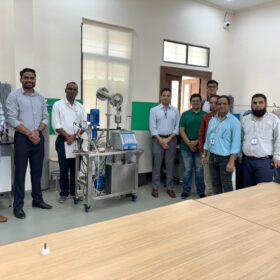Tata Power’s renewables business PAT up 95% YoY in Q1
Tata Power’s net profit from renewables business soared 95% YoY to INR 531 crore. Segment-wise, INR 226 crore came from renewable energy generation, INR 198 crore from solar EPC, INR 100 crore from solar manufacturing, and INR 7 crore from other income.
ADM Solar secures national empanelment under PM Surya Ghar: Muft Bijli Yojana
ADM Solar is also set to launch its exclusive solar outlets under the brand name Orient Solar, aimed at driving mass adoption of solar power solutions in major Indian cities.
India could cut electricity costs to $50/MWh by 2050 with a fully wind and solar-based power system, says ETC report
India could achieve clean power system at a cost (including generation, balancing, and grid infrastructure) of around $50/MWh by 2050—significantly below current fossil fuel-driven wholesale prices—by shifting to a fully wind and solar-based electricity system requiring primarily day-night balancing.
Solar power for smarter, greener cities
India’s solar journey is not just about energy generation, it’s about transforming how cities are built and lived in. A multidisciplinary approach involving policy, technology, and civic engagement will be crucial to accelerate this transition. With the right push, India can lead the global shift toward climate-resilient, smart, and sustainable urban ecosystems.
MNRE to launch utility-led solar program for houses without suitable rooftop space: Minister Pralhad Joshi
The Indian government will soon launch a utility-led solar program under the PM Surya Ghar: Muft Bijli Yojana to benefit households without suitable rooftop space, Union Minister for New and Renewable Energy Pralhad Joshi said during his speech at the Mercom India Renewables Summit 2025.
SolarPower Europe predicts negative annual growth of EU’s solar market
SolarPower Europe’s mid-year market analysis is forecasting negative annual growth in 2025 for the first time in almost a decade. It is expecting 64.2 GW of solar to be added this year, compared to 65.1 GW last year.
MNRE issues draft security guidelines for rooftop solar inverters and communication devices
India’s Ministry of New and Renewable Energy (MNRE) has released draft guidelines outlining the data communication and cybersecurity architecture for remote monitoring systems (RMS) used in grid-connected rooftop solar installations.
Solar myths and misconceptions put to sword
In a new monthly column for pv magazine, the International Solar Energy Society debunks old and new urban legends about solar energy.
Sunbolt introduces pre-assembled solar ‘backyarder’ kit
The kit includes two 50 W solar panels, a 400 W inverter, and two batteries and powers devices directly with 120V GFCI ports and USB ports.
India awarded 2.2 GW of standalone battery storage projects in H1 2025: Rystad Energy
India awarded 5.4 GW of co-located solar plus battery energy storage systems (BESS) and 2.2 GW of standalone BESS to developers in the first half of 2025. This marks the nation’s highest BESS allocation to date, says a new report by Rystad Energy.


